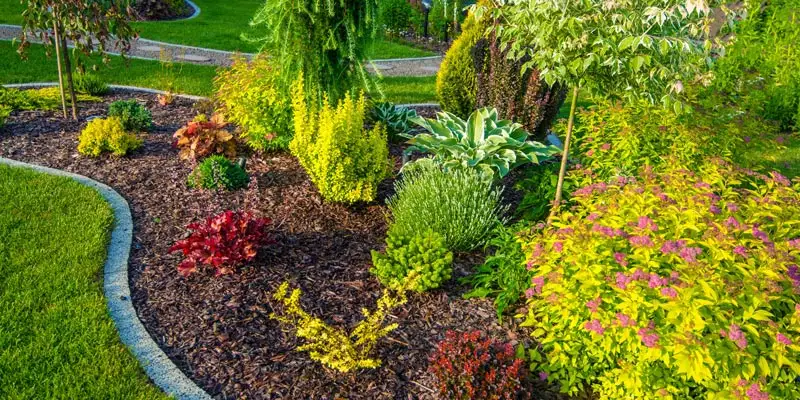Getting My Landscape Design To Work
Table of Contents4 Easy Facts About Landscape Design ExplainedOur Landscape Design PDFsThe Greatest Guide To Landscape Design8 Simple Techniques For Landscape DesignOur Landscape Design Diaries
Official design motif. Credit Score: Gail Hansen, UF/IFAS The yard is an extension of the home where a selection of activities occur. A backyard can normally be separated right into three areas: public (the front lawn), personal (the back backyard), and service (normally the side lawn). The area of task areas depends primarily on the sort of area, the size of area needed, the kind of activity, and the preferred proximity to various other activities and frameworks.The outside wall of your home commonly serves as the initial wall surface or starting point of an outside room. Incompatible uses should be separated, and related activities, such as food preparation and eating, should be created to make the backyard much more efficient and enjoyable. When using hardscape to create spaces, use construction product comparable to that used in your home for connection from your house into the garden.
Linked rooms. Debt: Gail Hansen, UF/IFAS Utilizing comparable hardscape features and duplicating plants draws the eye around the yard. Important points in the process can be emphasized with growings or functions that attract attention and urge motion in a specific instructions. Relocating along the course takes a person from one area to the following and enables the customer to have a variety of experiences.
Indicators on Landscape Design You Need To Know

For psychological convenience plants are made use of as physical or suggested obstacles for privacy and safety and security. Physical obstacles block both the sight and accessibility to an area and consist of fencings, walls and plant hedges.
Physical and indicated obstacles. Credit: Gail Hansen, UF/IFAS For these reasons, the sorts of plants to be utilized (such as trees, hedges, or groundcovers) must be selected in the onset of planning (Landscape Design). Plant types are chosen for their functional abilities to make sure that their future purpose and required room can be taken into consideration at the same time

8 Easy Facts About Landscape Design Described
Each plant mass is in front of, behind, or beside, one more mass. Number 11. Horizontal plant layers. Credit Rating: Gail Hansen, UF/IFAS Figure 12. Vertical plant layers. Landscape Design. Credit: Gail Hansen, UF/IFAS Duplicating plants within a mass and duplicating masses with similar plants links the garden with each other. The private plant attributes need to be considered to successfully layer and mass plants.
All plant make-ups start with the primary framework plants, the big, mainly evergreen background plants-such as the trees and huge hedges. These plants different or enframe areas, manage article the size of the area, and supply the beginning factor for picking the suitable attributes of the 2nd layer, midground plants, for massing and infill.
Vital points in the garden need to be highlighted by the usage of distinct plants, unique structures, or garden accessories. Marking thresholds or entryways to areas can be made with entrances, arbors, and actions, or through making use of distinct and colorful plants. The form and/or design theme of the garden will certainly often help identify the essential factors and just how they must be highlighted.
Various other crucial locations in the backyard are focal factors, which is used to visually organize a landscaped location. Different perspectives or perspectives can expose different make-ups in the landscape that might need a variety of focal factors.
What Does Landscape Design Do?

Plant types. Credit Scores: Gail Hansen, UF/IFAS After type, texture is the following dominant attribute of a plant; rugged, medium and great textures can be used for contrast and focus in the landscape.
The pleasant fragrance of plants, the noise of wind in the trees, the sound and appearance of water, and the colors and appearances of sculptures, pots and yard furniture all add to the experience of the garden. One detail that is frequently ignored is the result of light on the visual appeals of the plants.

Fascination About Landscape Design
It is essential to understand the ultimate fully grown dimension of my sources plants so they can be positioned in the right place and spaced properly when they are set up. Offering plants room to expand is an obstacle because the usual fully grown size is generally based on optimum growing conditions and the ecological problems of a site may trigger a plant to expand larger or remain smaller sized.